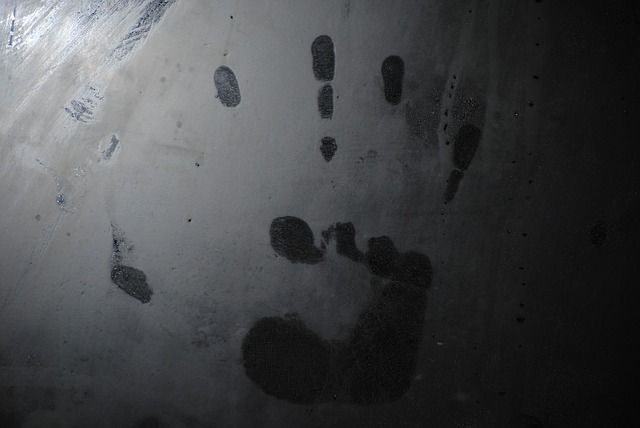5 Scary Sleep Disorders, From Dream Hallucinations To Sleep Paralysis

The average person is likely to experience some type of disordered sleep during their lifetime, whether it's the odd sleepless night or a bout of snoring, but some sleep disorders are quite literally “the stuff nightmares are made from.” In honor of the spookiest month of the year, here is a run-down of some of the creepiest sleep disorders.
Nightmare Disorder
Nightmares are bad enough on their own, but imagine having them all the time. This is the case for the extremely unlucky individuals suffering from nightmare disorder.
According to The Mayo Clinic, nightmare disorder, also known as parasomnia, is characterized by “undesirable experiences” either as you’re falling asleep, during sleep, or as you are waking up. While most of us have experienced a nightmare, especially during periods of high stress, the terrifying experiences associated with nightmare disorder will often cause the individual significant distress and may even interfere with their normal daily functions.
Some serious consequences of nightmare disorder include excessive sleepiness, increased anxiety and mood problems, and overall reluctance to go to bed.
Hypnagogic Hallucinations
Hypnagogic hallucinations, or sleep-related hallucinations, are not exactly a disorder, according to the American Sleep Association, and only about 10 percent of the population will ever experience them. For example, someone with narcolepsy will have a higher rate of sleep hallucinations than the general population. These hallucinations occur as an individual is either first falling asleep or waking up, but do not happen when the person is asleep.
Sleep-related hallucinations may be a result of alcohol or drug use, or related to insomnia, anxiety, stress or other factors. Treatment of sleep hallucinations is geared more towards addressing the underlying cause, whether this be substance abuse of extreme stress.
Sleep paralysis
Individuals who suffer with sleep paralysis will find that they are unable to move despite being awake. According to Livescience, our instinct naturally keeps us immobile as we sleep so as to prevent us from unknowingly hurting ourselves. However, sometimes this instinct malfunctions, keeping us paralyzed although we are still awake.
Even more terrifying, often this condition is combined with sleep hallucinations. For example, one study found that as many as three-quarters of all college students who reported sleep paralysis experienced it alongside a hallucination.
Sexsomnia
The scope of sexsomnia ranges from masturbating and making sexual moans while asleep to unknowingly raping another individual while you are asleep. There is little research on the condition, but according to Psychology Today, this behavior often occurs as a result of confusional arousal, where an individual is suddenly awoken. During the awakening process, the person is not fully conscious and has no memory of what they do or say during this period.
In addition, sexsomnia is most common in people with other significant sleep-related problems, such as those who may drive and eat while asleep. Sexsomnia can also be triggered by alcohol use, sleep disruption,or sleep deprivation, Psych Today reported.
REM behavior disorder
REM behavior disorder is similar to sleepwalking, but instead of just aimlessly wandering about during their sleep, individuals with this disorder will attempt to physically act out the behaviors in their dreams. According to LiveScience, as a result, they may yell, thrash, punch, and kick — all while completely unconscious and unaware. Just like sleepwalkers, those with REM behavior disorder do not remember what they did while asleep.
The disorder occurs when there is improper signaling between the brain and body during sleep, and can sometimes be a symptom of Parkinson’s disease, LiveScience reported.
Read More:
From Sleep Paralysis To Insomnia, 4 Sleep Disorders More Common Than You Think (And How To Treat Them): Read Here
Sleep Paralysis And Demons In The Bed: Read Here
Published by Medicaldaily.com



























